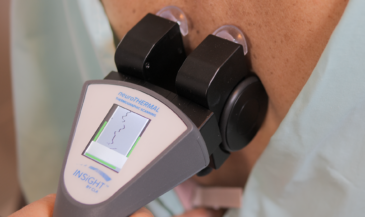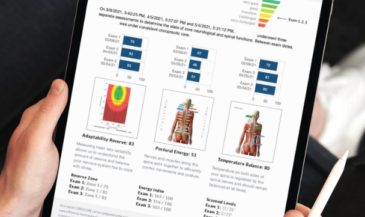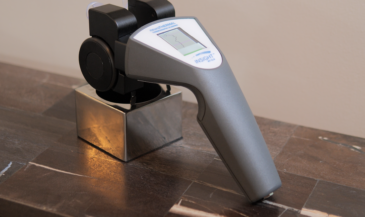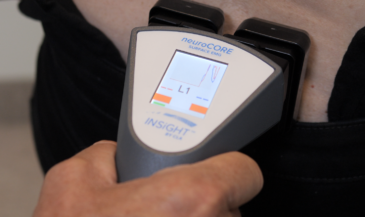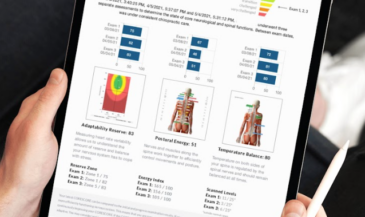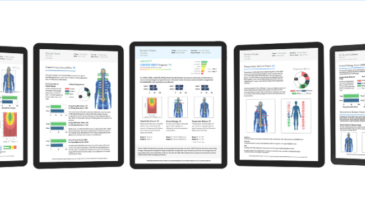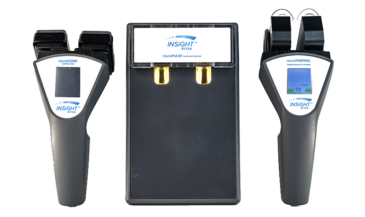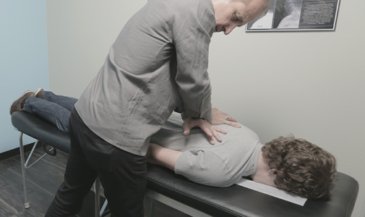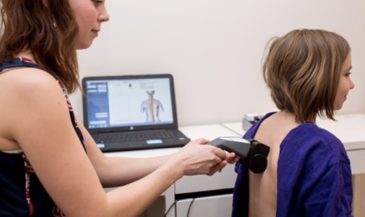Building trust is essential for a successful chiropractic practice. It is the foundation that motivates patients to follow care plans, engage in their treatment, and achieve better health outcomes. When patients trust their chiropractor, they are more likely to stay committed to their wellness journey, refer others, and experience long-term benefits from their care. Developing trust requires intentional strategies that foster transparency, communication, and patient empowerment.
Consider trust as the glue that holds your patient relationships together. When you prioritize trust-building, you enhance every aspect of patient care, from the first interaction to the achievement of health goals. Let’s explore some proven techniques to foster trust in your chiropractic practice and strengthen patient relationships.
Why Trust is Essential in Chiropractic Care
Trust is vital in chiropractic care because it significantly impacts patient behavior and outcomes. When patients trust their chiropractor, they are more likely to follow recommended care plans, make lifestyle changes, and engage in their treatment. This trust can lead to faster recovery, reduced likelihood of relapse, and a higher level of patient satisfaction. Without trust, even the most skilled chiropractic care may not produce optimal results, as patients may not be fully committed to the process.
Moreover, trust influences the quality of the patient-practitioner relationship. When patients feel confident in their chiropractor’s abilities and judgment, they are more open to discussing their health concerns and goals. This open communication allows chiropractors to better understand each patient’s unique needs, resulting in a more personalized approach to care. Trust not only enhances individual outcomes but also contributes to long-term practice growth through patient retention and referrals.
Establishing Trust from the First Visit
The first visit is a crucial opportunity to establish trust. Making a strong first impression can set the tone for the entire patient relationship. Start by greeting patients warmly and taking the time to listen to their concerns. Show empathy and understanding, as this demonstrates that you value their experiences and are committed to helping them. Active listening and validating their feelings can significantly enhance the initial connection.
Using objective tools, such as INSiGHT scanning technology, during the first visit can further establish trust. When you show patients tangible evidence of their current health status, such as scan results, it reinforces the credibility of your care plan. Presenting objective data helps patients see the need for chiropractic adjustments and builds confidence in your approach. This transparency from the outset creates a foundation for a trusting relationship.
Using Objective Measures to Validate Patient Experiences
Objective data is a powerful tool for validating patient experiences and reinforcing the effectiveness of chiropractic care. When patients see measurable evidence of their progress, it adds credibility to the treatment plan. Tools like the CORESCORE allow you to present complex neurological data in a simplified, easy-to-understand format. This objective measure helps patients visualize the changes occurring in their nervous system, boosting their motivation to continue with care.
The use of objective measures can also address patients’ doubts or concerns about their progress. For example, if a patient feels their symptoms are not improving as quickly as they expected, showing them improvements in their CORESCORE can reassure them that positive changes are occurring on a neurological level. This validation builds trust and encourages patients to stay committed to their care plan.
Mastering Communication Techniques That Build Trust
Effective communication is a cornerstone of trust-building. The way you explain chiropractic concepts and present care plans can either strengthen or weaken patient trust. It’s important to use confident, yet empathetic, language that resonates with your patients. Avoid overly technical jargon; instead, break down complex information into simpler terms, using analogies or visual aids when appropriate. This approach ensures that patients understand the benefits and goals of their care.
Another key communication strategy is to practice Present Time Consciousness (PTC). Being fully present during patient interactions means actively listening, making eye contact, and responding to concerns with genuine attention. When patients feel that you are completely focused on them, it reassures them that their health is your top priority. PTC demonstrates respect for the patient’s time and fosters a stronger, trust-based connection.
Leveraging INSiGHT Scanning Technology to Support Trust-Building
INSiGHT scanning technology is an invaluable tool for enhancing trust in your chiropractic practice. The INSiGHT neuroTECH combines three scanning technologies—neuroPULSE (HRV), neuroCORE (sEMG), and neuroTHERMAL (Thermal)—to create a comprehensive view of the patient’s neurological health. These scans provide objective evidence of nervous system changes, which can help validate your care recommendations.
Using tools like Synapse software and neuroLINK can further support trust-building efforts. These technologies allow you to visually connect scan results with a patient’s overall health, making it easier to explain the significance of the findings. Sharing this data during consultations or progress reviews shows patients the impact of their adjustments, reinforcing the effectiveness of your care and increasing their trust in the process.
Empowering Patients Through Education and Engagement
Educating patients about their health is a powerful way to build trust. When patients understand the role of the nervous system in overall wellness and how chiropractic adjustments can influence it, they are more likely to engage with their treatment plan. Use educational tools, such as visual aids or personalized reports generated from INSiGHT scans, to help patients grasp the connection between their spinal health and daily experiences.
Engagement goes beyond education; it involves encouraging patients to actively participate in their health journey. Provide resources for self-care, wellness tips, or exercises that patients can incorporate into their routines. When patients feel empowered to take control of their health, it fosters a sense of ownership and trust in your guidance. This collaborative approach makes patients more committed to their care plans and improves outcomes.
Addressing Patient Concerns and Setting Realistic Expectations
Addressing patient concerns with empathy and setting realistic expectations are critical for building and maintaining trust. Listen carefully to any worries or questions your patients have, and provide thoughtful, data-backed responses. Being transparent about what patients can expect from their care helps manage their expectations and prevents potential disappointment. Use objective data, such as CORESCORE results, to explain why certain goals or outcomes may take time to achieve.
Setting realistic goals is also important for reinforcing the value of ongoing care. Discuss the patient’s current state and what steps can be taken to reach their desired health outcomes. Make sure these goals are achievable and reassess them regularly based on scan data and patient feedback. When patients see that you are committed to adjusting the care plan as needed, it strengthens their trust in your expertise and the chiropractic process.
Strengthen Your Practice by Fostering Patient Trust
Implementing trust-building techniques in your chiropractic practice can lead to better patient outcomes, higher satisfaction, and a stronger reputation. By focusing on transparent communication, using objective measures, and actively addressing patient concerns, you create an environment where patients feel valued and confident in their care.
Let trust be the guiding force that enhances your patient relationships. Empower your patients to stay engaged in their health journey by providing care that is transparent, data-driven, and patient-focused.
Take the Next Step to Enhance Your Practice
Are you ready to elevate your chiropractic practice? Discover how tools like INSiGHT scanning technology and the CORESCORE can help you improve communication and patient engagement.
Book a call with an INSiGHT Advisor today to learn how integrating these advanced tools can transform your patient interactions and take your practice to the next level. Start fostering stronger relationships and driving growth through effective chiropractic communication.










